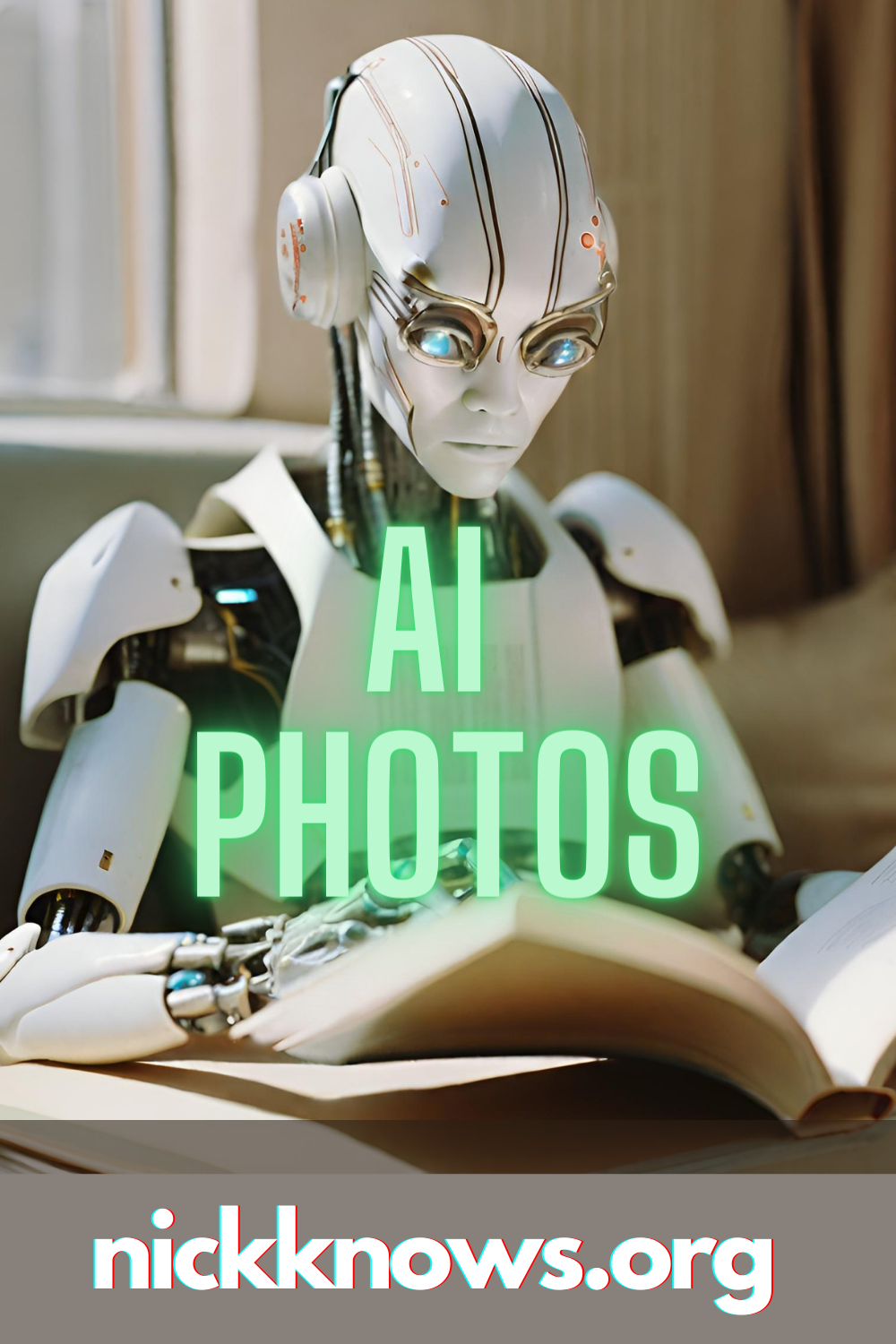You’re reading this thinking is Nick writing another blog post about A.I.? The answer is, sort of… I’ve written many of these posts with the assistance of AI, or as my wife calls it, Kamala Harris. Don’t make this political, all politicians have a robotic sense to them, and it’s not like they are writing the words that come out of their mouth. At least they aren’t supposed to. This post is really just thinking about how AI is and will continue to transform pretty much everything we do.
If you’ve read a previous post you know that I have a small real estate photography business. I use Flash and Ambient photographs of homes and then combine them together using a photoshop in a process known as “Flambient” in the real estate photography biz. I learned the technique watching YouTube videos from Rich Baum and several others that put me to shame with their dedication to photography. I really just wanted to know how to put out a good product that someone would pay for. Originally sky replacements were all the rage, and it used to take some skill. Now, photoshop has the tool built right into a layer. Simply select and replace… It doesn’t even need to be a sky you are replacing it with.
Now I use AI within photoshop to edit out all kinds of things from my images. You’ve seen the commercials for the google phones that will remove the overweight guy in a thong in the background of your family photo at the beach? That was early consumer AI, and it’s only getting better.
Take some of these examples when I was messing around with some logo designs for this site. Can you guess what the prompt was into the ChatBot?









There is absolutely a use case for it in many aspects of design and creative outlets, but it gets a little creepy when people are creating content that is meant to fool the consumer into it being factual.
When using Artificial Intelligence (AI) to compose material that people interpret as factual, there can be a number of potential issues. Here are a few examples:
- Lack of human judgment: AI systems are designed to process information based on patterns and algorithms, without the ability to truly understand context or exercise human judgment. This can lead to the generation of content that may seem factual but lacks the critical analysis and nuanced understanding that humans possess.
- Spread of misinformation: If AI-generated content is taken at face value and disseminated without proper fact-checking, it can contribute to the spread of misinformation. AI may inadvertently generate inaccurate or biased information, which can have societal impacts and undermine the trustworthiness of the content.
- Ethical concerns: AI systems learn from data, including potentially biased or incomplete information, which can perpetuate existing biases or stereotypes in the generated content. This can result in discriminatory or unethical outcomes, reinforcing societal inequalities.
- Accountability and transparency: AI-generated content can make it difficult to determine the origin and responsibility for the information being presented. This lack of transparency can lead to challenges in holding accountable those responsible for any potential misinformation or harmful content.
It’s important to approach AI-generated content with caution, acknowledging its limitations and verifying information from reliable sources before accepting it as factual.
Do you have some concerns about AI? Maybe you’re asking, how will effect the upcoming elections? I’d like to hear your thoughts on if you’ve used it, and what the use case for it is. So, drop me a message and get some of your friends to like me on Facebook, Instagram or Pintrest. Or if you really want to do me a favor, consider buying something on Amazon through one of my affiliate links.
